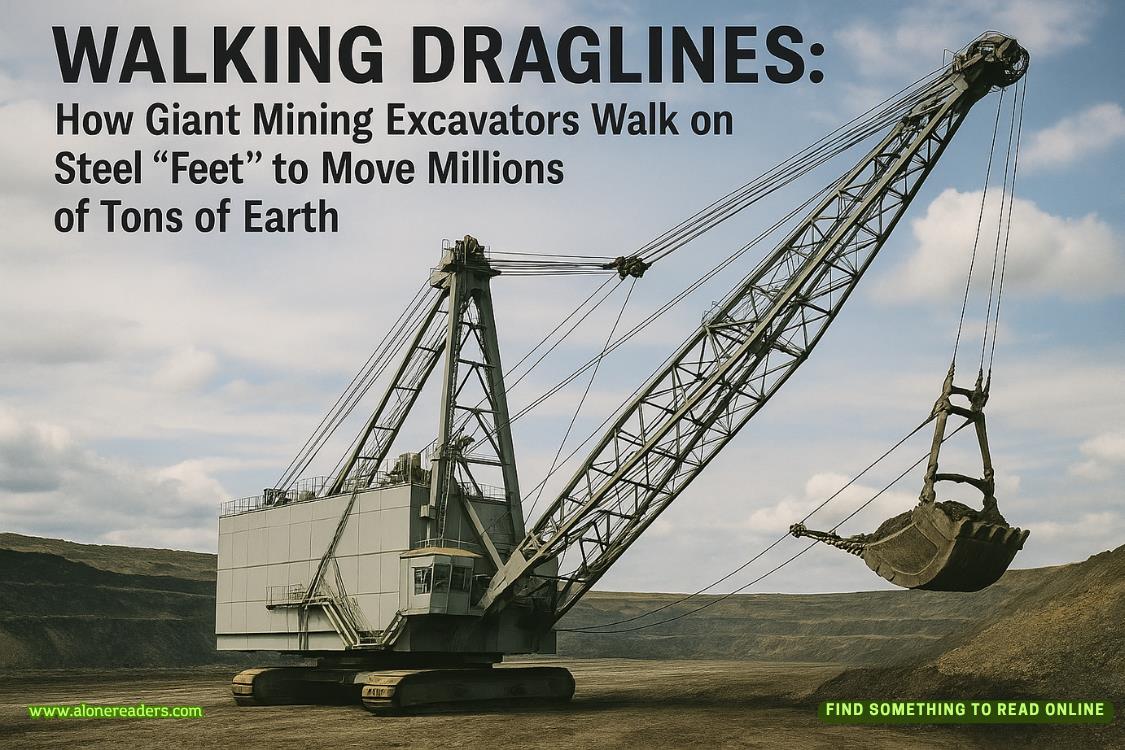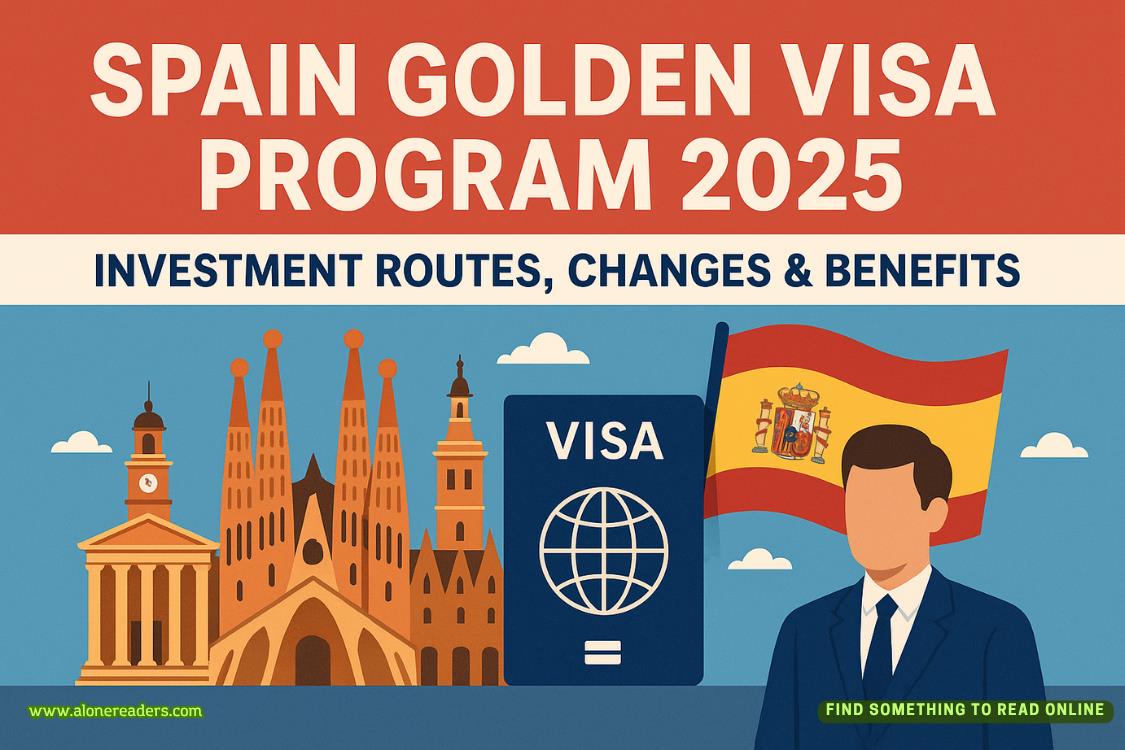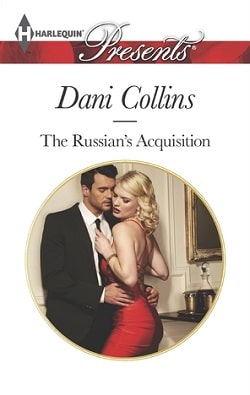"Should be near the main entrance. Follow those signs for 'Administración del Parque.'"
We pulled into a small parking area beside a modest building surrounded by towering trees. The air was immediately cooler and filled with the sounds of tropical birds.
George and Ernie were just leaving the ranger station, clue in hand. We'd managed to maintain second place despite the challenging drive.
The ranger handed us our envelope with a warm smile. "Bienvenidos al Parque Nacional Henri Pittier," he said.
Ray tore open the clue as we walked back toward the car, Cody trailing behind us. "Complete the Blind Trust challenge," he read. We looked up to see a series of platforms constructed in the trees ahead, connected by rope bridges and zip lines.
"At least we don't have to drive any further," I said with relief.
"Yet," Ray replied ominously, pocketing the car keys. "Something tells me this isn't our final destination."
The park was lush and vibrant, with tropical plants creating a canopy overhead and colorful birds darting between trees. Under different circumstances, it would have been a lovely place to stroll and admire the biodiversity, but the race allowed no time for sightseeing.
We reached a clearing where a series of platforms had been constructed in the trees, connected by rope bridges and zip lines that stretched across ravines and over a small river.
We looked up as a race official approached with equipment in hand. “In this challenge, one team member must navigate the jungle canopy course while wearing these,” he said. He held up a pair of goggles with heavily frosted lenses that allowed only vague shapes and light to penetrate. “The sighted partner must guide them using only verbal instructions. Halfway through, you’ll switch roles.”
I stared up at the swaying rope bridges with apprehension. The nearest one was perhaps forty feet off the ground—not skyscraper height, but certainly high enough to cause serious injury in a fall.
“You don’t have to do this,” Ray said. “We could forfeit the challenge.”
Teams were allowed to forfeit any challenge they didn’t want to do, but would suffer a two-hour penalty.
“No,” I said, squaring my shoulders. “I can do it. I’ll guide you first, then you guide me.”
We were fitted with safety harnesses and head-mounted cameras and given brief instructions. Adrienne and Fletcher were already on the course, with Fletcher wearing the goggles and Adrienne calling out instructions that echoed through the jungle.
“Ready?” the official asked, holding out the goggles to Ray.
Ray nodded, slipping them over his eyes. “Can’t see a thing,” he confirmed, waving his hand in front of his face.
“That is the idea,” the official smiled. “Your partner’s voice is your only guide.”
We climbed the ladder to the first platform, where a guide hooked our safety lines to a cable above the bridge. Ray stood at the edge, his normally confident posture now hesitant.
“Okay,” I said, keeping my voice calm and clear. “The bridge is about two feet wide. There are wooden slats with small gaps between them. First step straight ahead, about ten inches.”
Ray extended his foot cautiously, finding the first slat. “Got it.”
“Good. Now another step, same distance. The bridge will sway—that’s normal.”
He followed my instructions, moving slowly but steadily. When the bridge swayed, he tensed, gripping the rope sides.
“You’re doing great,” I assured him. “Just keep moving forward. I won’t let you fall.”
“I know,” he said, his voice tight but trusting.
From behind, I guided him step by step across the bridge, describing each movement needed, warning of dips or particularly wobbly sections. About halfway across, Ray began to move with more confidence, trusting my directions without hesitation.
“Platform coming up in three steps,” I called. “Step up about six inches at the end.”
Ray made it to the second platform, letting out a breath of relief. “One down. How many more?”
“Two more bridges and then a zip line before we switch,” I said, consulting the course map. “The next bridge is narrower.”
I continued guiding Ray across increasingly challenging bridges, watching with pride as he navigated obstacles he couldn’t see based solely on my instructions. Our communication developed a rhythm—I would describe what was coming, he would acknowledge, then execute the movement.















